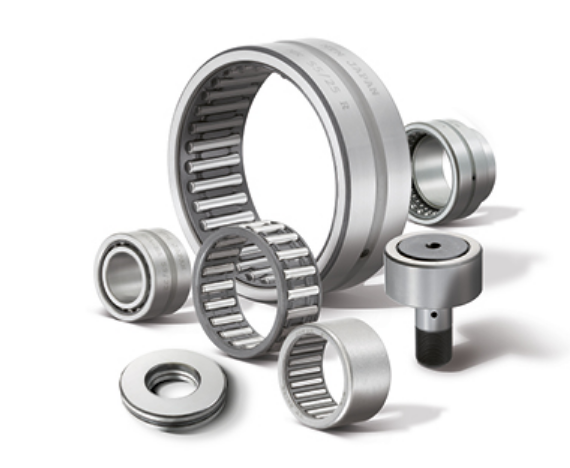Welcome to Sino Bearings web
24x7 HOTLINE:+86-28-81454188

 TECHNOLOGY
TECHNOLOGY
There are many types of bearings, the most common being ball bearings, or tapered roller bearings, cylindrical or spherical roller bearings. Their design meets specific technical requirements to adapt to particular use. Among them, less known, is the needle roller bearing, which is nevertheless essential in certain applications where the requirements in terms of reliability and durability are high. Discover the hidden side of needle roller bearings that fit into many mechanisms.
What's special about it?
Rolling elements used are shaped like needles, hence the name. These steel needles, with round or flat tips, have a diameter less than or equal to 5 mm, and their length must be at least 3 times greater than their diameter.The bearing supports very heavy loads thanks to the contact surface developed by the needles which are mounted in a steel or moulded polyamide cage.
It enables extremely compact assemblies and is the first choice bearing when looking for a good compromise between performance, size and weight.A needle roller bearing is thus able to withstand 2 to 8 times more load than ball bearings or cylindrical roller bearings of the same shaft diameter, all this in a small space.
For which use?
Depending on the sector of activity and the application, needle roller and cage assembly can be integrated between rings that stiffen the assembly and ensure the connection between the various mechanical parts.Needle roller bearings are therefore available in many forms (cages, bushings, bearings with solid rings, combined bearings, needle thrust bearings, cam followers, etc.) to meet all the technical constraints of the industrial markets.
These bearings that combine robustness, precision, and endurance concern all industrial markets and are very much present especially in:
Automobiles,
Two-wheelers,
Portable tools (drills, chainsaws,…),
Construction machinery,
Pumps and motors.